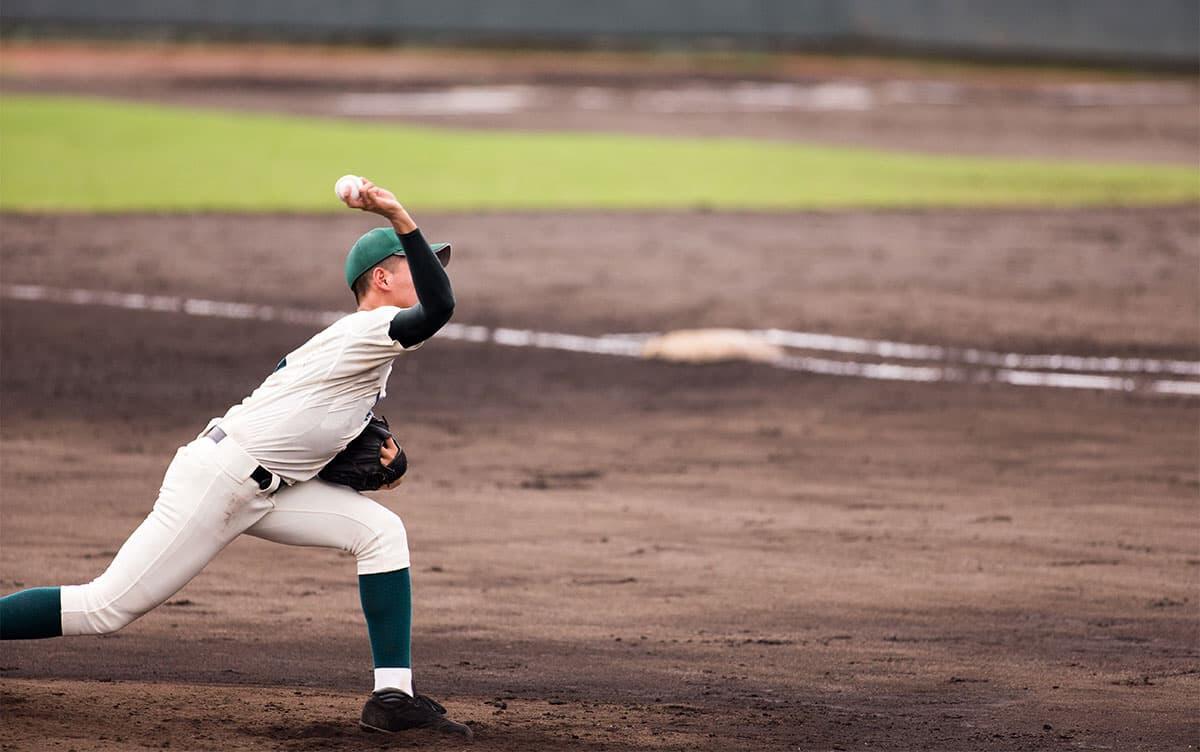Research News
Functional Adaptations of the Brachial Artery in College Baseball Players
 Image by Yoshitaka Okino/Shutterstock
Image by Yoshitaka Okino/Shutterstock
Researchers at University of Tsukuba conducted a detailed investigation of changes in the arterial structure and function associated with athletic characteristics, focusing on the various functions of vascular endothelial cells in maintaining vascular health. The study was conducted on college baseball players, who were divided into pitchers and fielders. The results revealed a trend toward poorer vascular endothelial function depending on athletic specialization, particularly in the dominant-arm brachial artery of pitchers.
Tsukuba, Japan—The arteries of athletes demonstrate adaptations in structure and function corresponding to the physical characteristics of the sport. For instance, baseball players repeatedly perform high-intensity throwing motions during daily practice and games, suggesting that some form of exercise-induced adaptation could occur, particularly in the brachial artery of the dominant (throwing) arm. However, such adaptations have not been investigated in detail. In this study, researchers focused on exercise-induced arterial adaptations in university baseball players, specifically examining the various functions of brachial artery vascular endothelial cells in maintaining vascular health.
The researchers measured vascular endothelial function in the brachial artery, shoulder joint range of motion, and muscle strength of the dominant arm in 23 pitchers and 67 fielders. The results showed that, compared to fielders, pitchers exhibited significantly poorer vascular endothelial function in the brachial artery. Furthermore, a significant negative correlation was observed between the shoulder external rotation range of motion and internal rotation muscle strength and vascular endothelial function.
These differences between pitchers and fielders suggest exercise-induced functional arterial adaptations in the brachial artery. Understanding these athlete-specific functional arterial adaptations might aid in developing more effective training strategies and preventive measures for internal medicine-related sports injuries.
###
This work was supported in part by a grant from the Advanced Research Initiative for Human High Performance (ARIHHP), University of Tsukuba.
Original Paper
- Title of original paper:
- Comparison of brachial artery endothelial function in the dominant arm between male college baseball pitchers and fielders
- Journal:
- Journal of Strength and Conditioning Research
- DOI:
- 10.1519/JSC.0000000000005267
Correspondence
Assistant Professor KOSAKI Keisei
Institute of Health and Sport Sciences, University of Tsukuba
Related Link
Institute of Health and Sport Sciences



